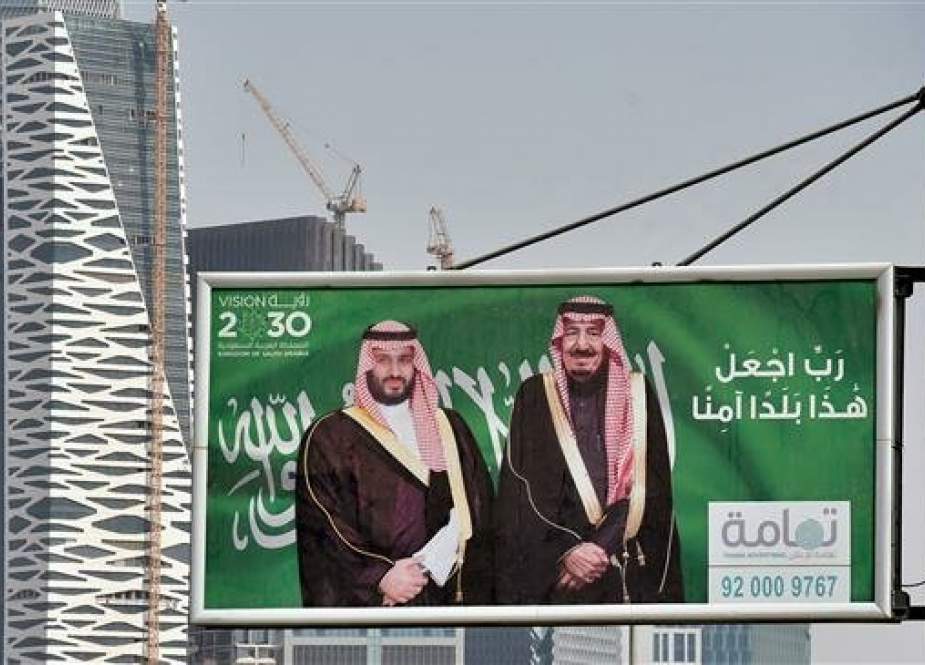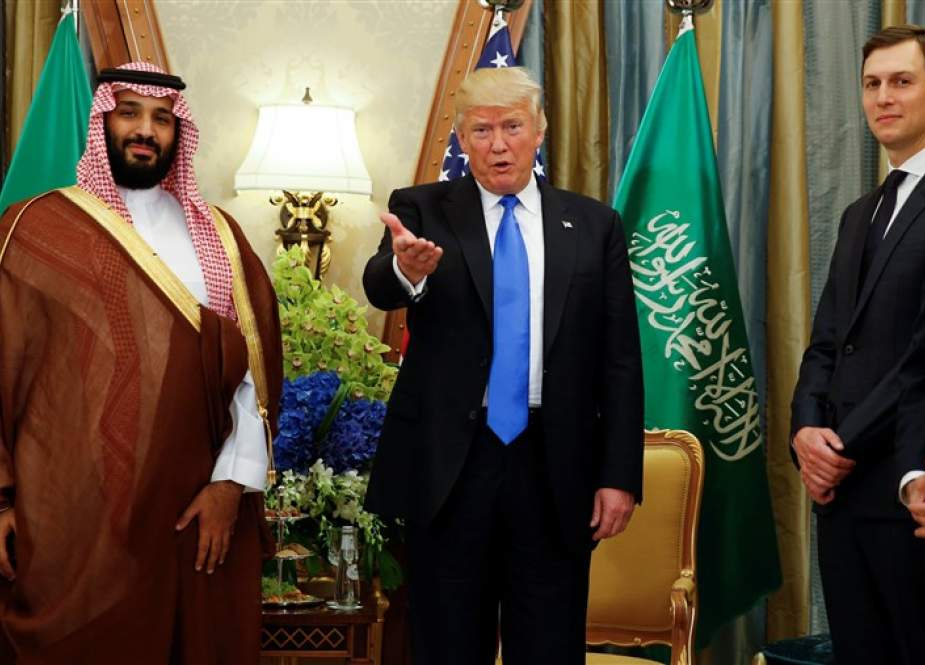Issued on: 12/08/2020 -

A demonstrator holding an image of Belarus' President Alexander Lukashenko protests against the results of Belarusian presidential election outside the Belarusian embassy in Moscow on August 12, 2020. AFP - DIMITAR DILKOFF
Text by:NEWS WIRES
Belarus on Wednesday confirmed the death of a jailed protester as demonstrators took to the streets for a fourth night of clashes with riot police over a disputed presidential election.
Riot police have roughly detained thousands at street protests across the country after long-serving leader Alexander Lukashenko claimed a landslide victory in Sunday's poll.
The strongman's opponents accuse him of rigging the election against his main rival, massively popular opposition candidate Svetlana Tikhanovskaya.
The Belarusian Investigative Committee said in a statement that a 25-year-old man died after he was detained on Sunday for taking part in illegal protests in the southeastern city of Gomel and sentenced to 10 days in prison.
Investigators said the cause of death was unclear, while Radio Free Europe/Radio Liberty quoted the man's mother as saying he had heart problems and was held for hours in a police van.
She said her son, Alexander Vikhor, was not taking part in protests and had gone to meet his girlfriend.
Previously police said one protester died when an explosive device went off in his hand on Monday.
The latest death came as opposition protesters took to the streets to condemn police violence.
In the capital Minsk, several hundred women joined hands to form a human chain, many wearing white and holding flowers.
"The riot police are beating up people, brutally beating them, and all we can do is come out for such a peaceful protest," said 29-year-old protester Darya, who works in advertising.
'Leave before it's too late'
On Wednesday evening, Minsk saw scattered protests in suburbs, with flag-waving opposition supporters blocking roads. A tight police cordon surrounded the city centre while metro stations were closed.
Riot police used rubber bullets and stun grenades to break up protests. They also patrolled residential areas, firing at vehicles and grabbing people hiding inside the entrances of blocks of flats, local media reported.
Belarusian writer Svetlana Alexievich, winner of the 2015 Nobel Literature Prize, condemned the police violence and urged Lukashenko to go peacefully in her first interview since the protests broke out.
"Leave before it's too late, before you've thrown people into a terrible abyss, into the abyss of civil war," she told her long-term foe in an interview with Radio Free Europe/Radio Liberty.
Western governments also criticised the ongoing violence.
UN High Commissioner for Human Rights Michelle Bachelet accused Belarus of deploying "unnecessary and excessive force".
French President Emmanuel Macron said he was "very worried" while US Secretary of State Mike Pompeo urged the European Union to "take action," saying: "We want the people of Belarus to have the freedoms that they are demanding."
I will call an extraordinary Foreign Affairs Council meeting this Friday afternoon.
We will discuss urgent issues and address the situation in the Eastern Mediterranean, the Belarus Presidential elections, as well as developments in Lebanon.— Josep Borrell Fontelles (@JosepBorrellF) August 12, 2020
EU foreign ministers are set to discuss Belarus at an extraordinary meeting on Friday.
Tikhanovskaya 'recovering'
The protests broke out after authorities said Lukashenko, who has been in power since 1994, won 80 percent of the vote in Sunday's election.
The interior ministry reported more than 6,000 detentions after the first three days of protests.
Protesters and witnesses said riot police have used indiscriminate force, firing stun grenades and rubber bullets.
State television aired footage of detained young protesters with bloodied and bruised faces being asked if they wanted a "revolution".
Lukashenko, 65, on Wednesday dismissed the demonstrators as "people with a criminal past who are now unemployed" and told them to get jobs.
Police acknowledged opening fire on demonstrators and wounding one in the southwestern city of Brest on the Polish border on Tuesday night.
They said the protesters were armed with metal bars and ignored warning shots.
The protest movement arose in support of Tikhanovskaya, a 37-year-old political novice who ran for president after potential opposition candidates including her husband were jailed.
The official results gave her 10 percent of the popular vote, but Tikhanovskaya said the election was rigged and claimed victory, demanding that Lukashenko hand over power.
She left Belarus for neighbouring Lithuania on Tuesday as allies said she came under official pressure.
Tikhanovskaya "is recovering from this stress... and feels better," Lithuanian Foreign Minister Linas Linkevicius told Russia's Echo of Moscow radio station.
"She herself will say what her future plans are."
Fresh protests over presidential election leave one dead in Belarus
Issued on: 10/08/2020

Belarusian law enforcement officers detain people during a rally of opposition supporters following the presidential election in Minsk, Belarus August 10, 2020.
© REUTERS - Vasily Fedosenko
Text by:FRANCE 24Follow|
Video by:Camille NEDELEC
At least one person died as Belarusian police clashed with protesters on Monday after the opposition accused President Alexander Lukashenko of rigging his re-election victory amid a chorus of criticism from Western leaders.
Police fired tear gas and stun grenades and used batons to disperse thousands of people in Minsk in a second night of violence. Protesters set up barricades in several parts of the capital.
One man died while trying to throw an unidentified explosive device at police that blew up in his hands, the government said. Local media reported clashes breaking out in other towns.
In power for more than a quarter of a century, Lukashenko claimed a landslide win against Svetlana Tikhanouskaya, a former English teacher who emerged from obscurity to lead the biggest challenge to his rule in years.
US Secretary of State Mike Pompeo said the vote was “not free and fair” and condemned “ongoing violence against protesters and the detention of opposition supporters.”
Foreign observers have not judged an election to be free and fair in Belarus since 1995, and the run-up to the vote saw authorities jail Lukashenko’s rivals and open criminal investigations of others who voiced opposition.
Events are being closely watched by Russia, whose oil exports run through Belarus to the West and which has long regarded the country as a buffer zone against NATO, and by the West, which has tried to lure Minsk from Moscow’s orbit.
Germany called for the European Union to discuss sanctions on Belarus that were lifted in 2016 to foster better relations.
France on Monday urged “the greatest restraint” in Belarus after the security forces cracked down on protesters.
“We watch with concern the violence against Belarusian citizens who demonstrated after the closing of polling stations and call for the greatest restraint,” the French foreign ministry said in a statement.
Russian President Vladimir Putin used a congratulatory telegram to nudge Lukashenko to accept deeper ties between the two nations, which the Belarusian leader has previously rejected as an assault on his country’s independence.
Riot police used force on Sunday night to disperse thousands of protesters who had gathered to denounce what they said was an electoral farce.
Tikhanouskaya, whose campaign rallies drew some of the biggest crowds since the fall of the Soviet Union in 1991, told reporters she considered herself the election winner.
“The authorities are not listening to us. The authorities need to think about peaceful ways to hand over power,” said Tikhanouskaya, who entered the race after her blogger husband was jailed. “Of course we do not recognise the results.”
‘No revolution’
The opposition said it was ready to hold talks with the authorities. There was no immediate response to that offer from Lukashenko, a former Soviet collective farm manager who has kept Belarus under tight control since 1994.
He faces discontent over his handling of the economy, the Covid-19 pandemic and human rights abuses. But Lukashenko signalled he would not step down.
“The response will be appropriate. We won’t allow the country to be torn apart,” the 65-year-old leader was quoted by the Belta news agency as saying.
Lukashenko repeated allegations that shadowy forces abroad were trying to manipulate protesters he called “sheep” in order to topple him, something he said he would never allow.
“They are trying to orchestrate mayhem,” said Lukashenko. “But I have already warned: there will be no revolution.”
The European Union’s foreign policy chief and its commissioner for enlargement said the election had been marred by “disproportionate and unacceptable state violence against peaceful protesters”.
“We condemn the violence and call for the immediate release of all (those) detained during last night,” Josep Borrell and Oliver Varhelyi said in a joint statement.
Neighbouring Poland said it wants a special EU summit on Belarus.
(FRANCE 24 with REUTERS)

/cdn.vox-cdn.com/uploads/chorus_image/image/67169773/1175723926.jpg.0.jpg)
:no_upscale()/cdn.vox-cdn.com/uploads/chorus_asset/file/21702138/Screen_Shot_2020_07_06_at_5.19.33_PM.png)


/cdn.vox-cdn.com/uploads/chorus_image/image/67184923/997077988.jpg.0.jpg)



